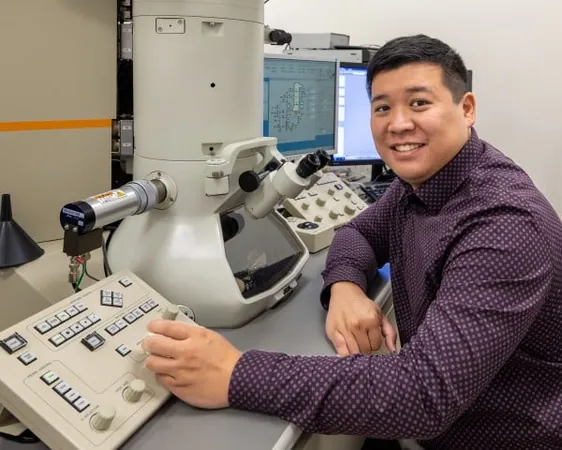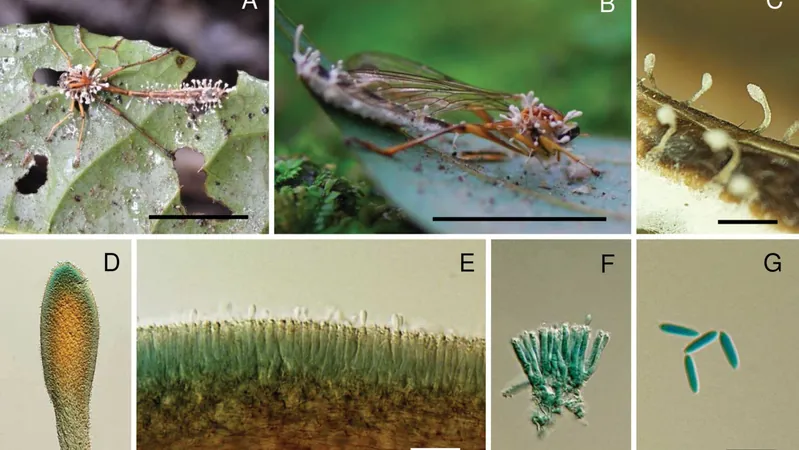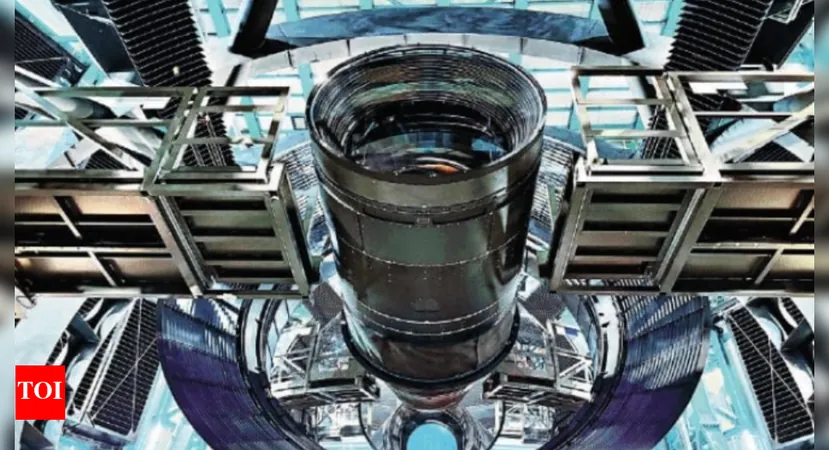
Revolutionizing Fusion Energy: The Game-Changing Potential of Ultra-High-Temperature Ceramics
2025-06-02
Author: Noah
The Future of Fusion Energy is Here!
As global demands for sustainable energy solutions soar, the quest for advanced materials essential for next-gen fusion reactors is heating up. A recent study from researchers at the Department of Energy’s Oak Ridge National Laboratory (ORNL) and partnering institutions has unveiled ultra-high-temperature ceramics (UHTCs) as a groundbreaking candidate for these ambitious energy solutions.
Why UHTCs are a Game Changer
UHTCs are extraordinary materials defined by their ability to endure extreme temperatures exceeding 3,000 degrees Celsius. Their impressive melting points render them ideal for withstanding the brutal conditions inside fusion reactors, where immense heat and radiation pose significant challenges.
The Thermal Magic of UHTCs
These ceramics don't just tolerate heat; they excel in thermal conductivity and boast mechanical properties that rival the current frontrunner—tungsten. However, their true value lies in how they perform under the duress of high-energy plasma and intense neutron radiation, which can wreak havoc on standard materials.
Meet Yan-Ru Lin: Pioneer in Materials Science
At the forefront of this research is Yan-Ru Lin, a distinguished materials scientist at ORNL. With deep expertise in radiation damage effects and state-of-the-art analysis techniques, Lin decodes the interactions between UHTCs and their extreme environments, laying the groundwork for utilizing these materials in fusion applications.
The Crucial Role of Plasma-Facing Components
Plasma-facing components are pivotal in fusion technology, acting as the first line of defense against scorching heat and radiation. Currently, no material can withstand these trials for prolonged durations, making developments in UHTCs critical for the commercial viability of fusion energy.
Navigating Challenges Ahead
Despite their promise, UHTCs face challenges, including gaps in radiation data and potential trade-offs in thermal conductivity and toughness. The quest for higher performance materials faces hurdles in fabrication and scalability, vital for real-world application.
Research Driving the Future
Ongoing investigations aim to enhance UHTCs further by exploring multicomponent systems designed to improve thermal properties and resistance to radiation damage. Innovations in fiber-reinforced ceramic matrix composites also hold promise for bolstering the resilience of these materials under reactor conditions.
The Path Ahead
As research progresses, the dream of harnessing fusion energy for a sustainable future inches closer. UHTCs may well be the key to unlocking this potential, igniting a new era of energy resilience and environmental stewardship.









 Brasil (PT)
Brasil (PT)
 Canada (EN)
Canada (EN)
 Chile (ES)
Chile (ES)
 Česko (CS)
Česko (CS)
 대한민국 (KO)
대한민국 (KO)
 España (ES)
España (ES)
 France (FR)
France (FR)
 Hong Kong (EN)
Hong Kong (EN)
 Italia (IT)
Italia (IT)
 日本 (JA)
日本 (JA)
 Magyarország (HU)
Magyarország (HU)
 Norge (NO)
Norge (NO)
 Polska (PL)
Polska (PL)
 Schweiz (DE)
Schweiz (DE)
 Singapore (EN)
Singapore (EN)
 Sverige (SV)
Sverige (SV)
 Suomi (FI)
Suomi (FI)
 Türkiye (TR)
Türkiye (TR)
 الإمارات العربية المتحدة (AR)
الإمارات العربية المتحدة (AR)